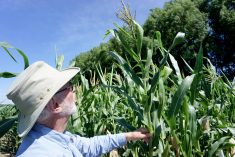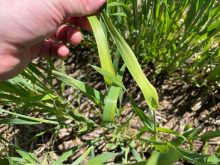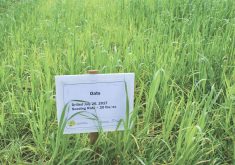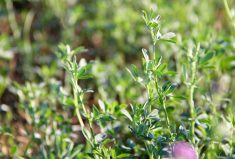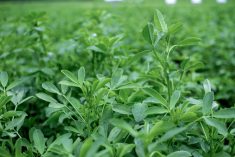Dairy farmers who put digestibility at the top of their corn hybrid decision-making process should see more profit over those who look solely at yield.
Mike Miller, a researcher at the W.H. Miner Institute in New York, says that a multi-year study that looked at the economics of emphasizing digestibility in hybrid decisions, shows that despite paying more for seed corn with higher digestibility, the hybrids should make more milk and money for farmers in the end.
Why it matters: Forage quality is a critical determinant of dairy farm profitability.
Read Also
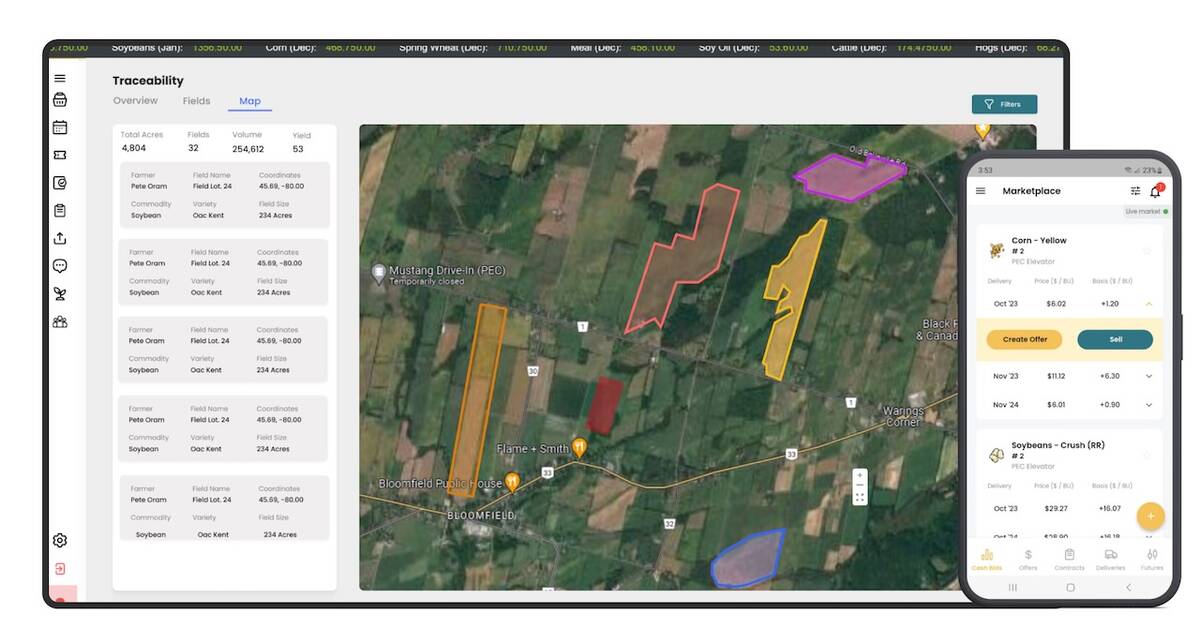
Ontario company Grain Discovery acquired by DTN
Grain Discovery, an Ontario comapny that creates software for the grain value chain, has been acquired by DTN.
Farmers also need to keep in mind a somewhat obscure measure of digestibility, says Miller, undigested neutral detergent fibre (uNDF). The uNDF is usually written with the time of digestion used in its testing, most commonly 240 hours, so uNDF 240-h. Once you know the uNDF the amount of digestible fibre can be fairly easily calculated. More common NDF measures include straight NDF and also NDF digestibility (NDFD), which is a more accurate calculation of digestibility compared to NDF.
Miller conducted a trial, funded by a group of dairy farmers in northern New York state, that looked at five corn hybrids. The dairy farmers were interested in whether it made economic sense to pay more for Brown Mid-Rid corn (BMR) hybrids.
Management of forages has been shown to be much of the difference between high and low profit farmers.
Miller said at the World Dairy Expo that Virginia Isler, of Pennsylvania State University, looked at high income and low income dairy farmers and found that forage management was the more important determinant of the difference between those farms.
Miller’s trial looked at BMR hybrids over three years, including two Mycogen BM3 hybrids, a Pioneer BM1 hybrid, a Pioneer non-BMR and a Mycogen non-BMR.
The results showed that, unsurprisingly the BMR corn was the most digestible. The uNDF of the BM3 hybrids were 4.3 and 3.8 compared to 5.1 to 5.3 for the BM1 and the non-BMR forages.
Other results showed that higher production cows were more affected by eating lower quality forages. Lower production cows lost five pounds of milk per day when eating lower digestible forages, whereas the effect is greater on higher producing cows, who produced 15 pounds less per day of milk when fed lower quality forages.
Miller then looked at the economics of forage quality, examining income over feed costs for the forages.
The higher quality forages paid up to $1.52 more per cow per day, with the extra seed costs included. In a farm the size of the Miner Institute herd at 400 cows, that means $200,000 in a year.
There are also non-silage hybrid factors that affect digestibility. Water stress affects lignin, which is the major determinant of digestibility and why BMR and low-lignin alfalfa are popular for high digestibility diets.




